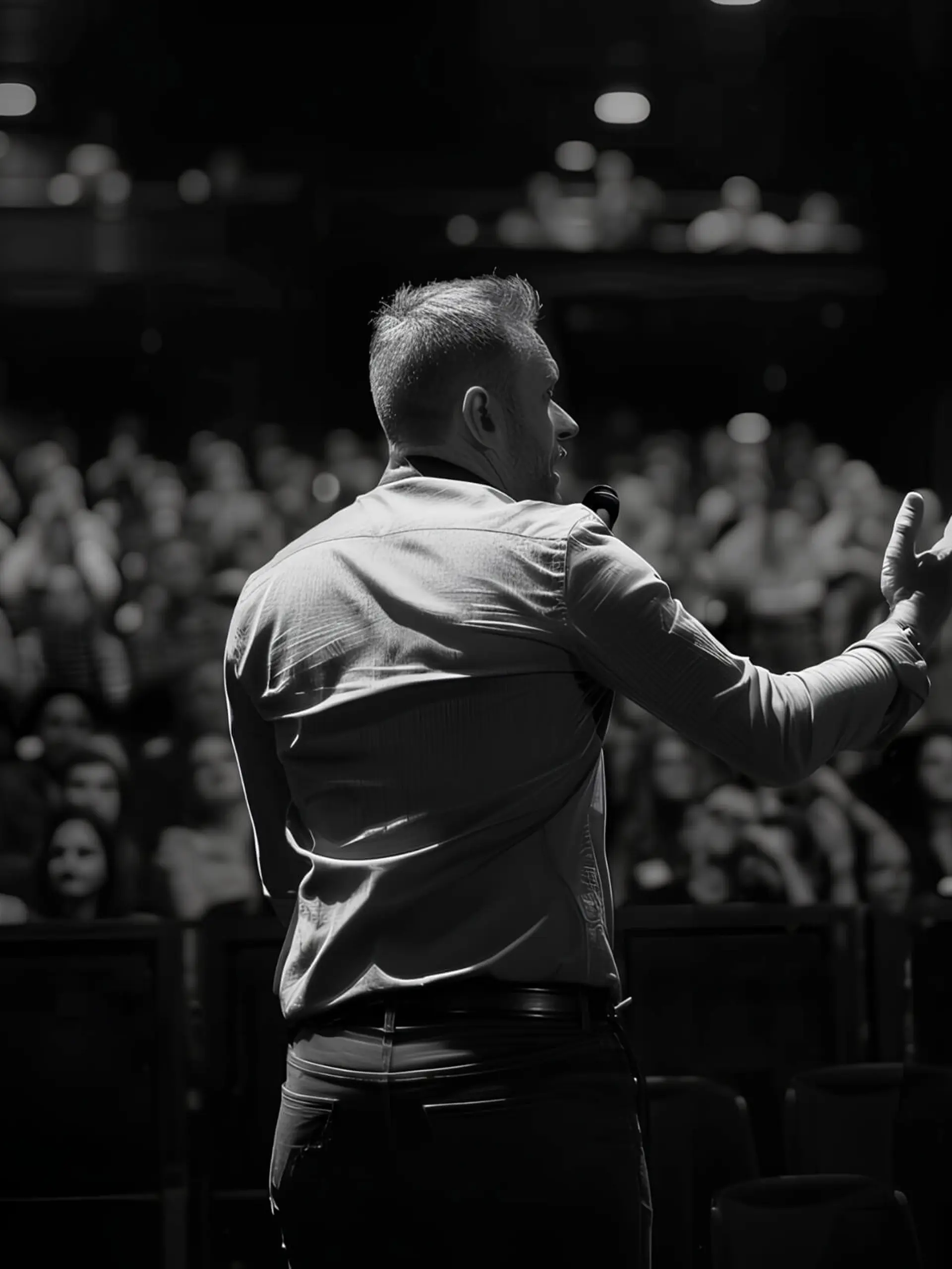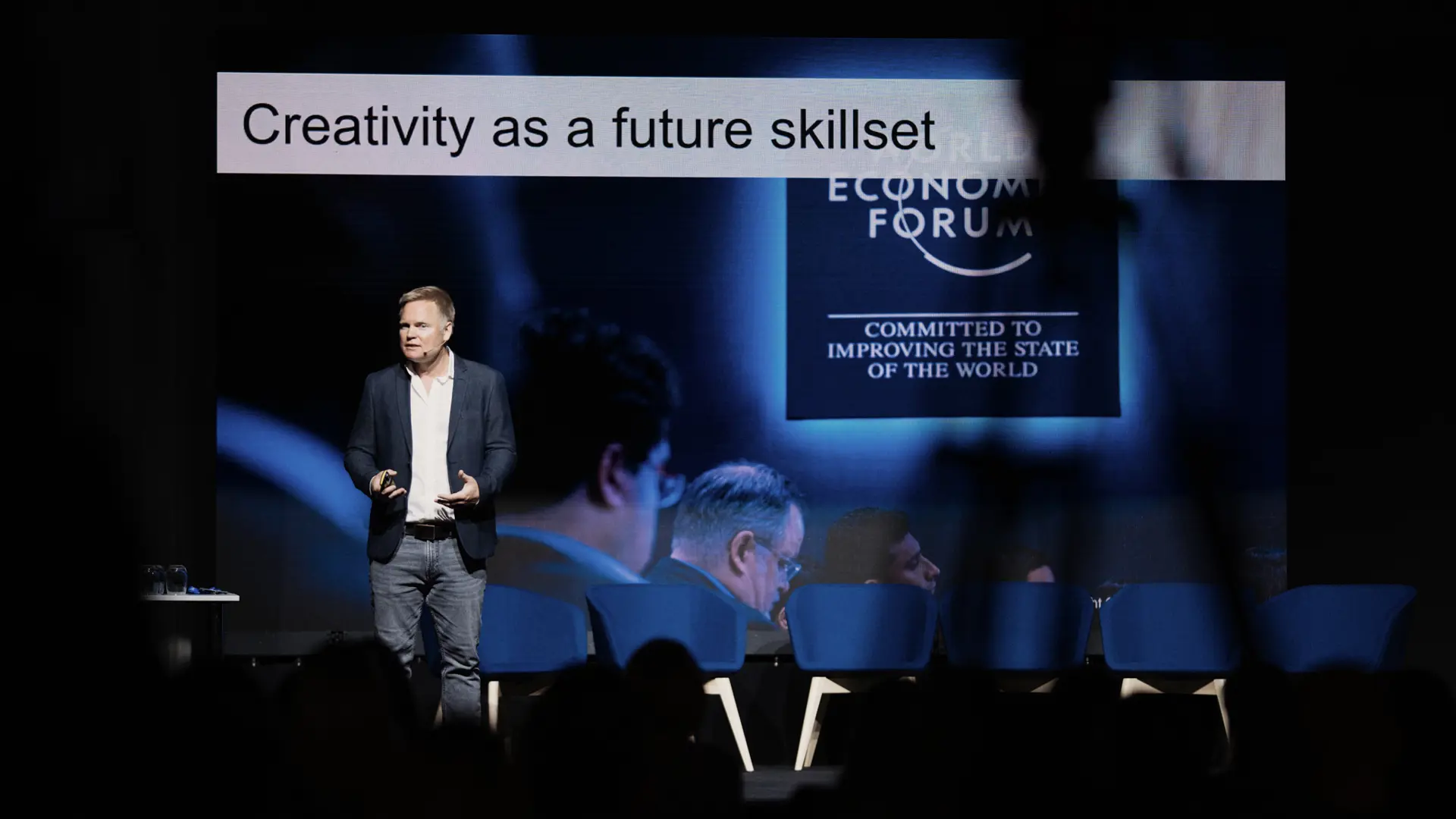At A-Speakers, we specialize in connecting you with top keynote speakers, moderators, conference hosts, and after-dinner speakers for any type of event. With years of experience, A-Speakers has a proven track record in providing speakers for small workshops, courses, corporate meetings, large conferences, and major events, ensuring an engaging experience every time.
Our expertise at A-Speakers covers keynotes on popular topics such as motivation, change, stress management, and well-being. We provide specialized speakers for diverse audiences, including seniors, youth, women, and men, and offer keynote speakers in multiple languages, including English and Spanish. With speakers available at various price points, we ensure options that meet different budgets, from affordable choices to high-profile names. Our extensive speaker network gives you access to skilled keynote speakers, moderators, and hosts, making it easy to find the right match for your unique event needs.
At A-Speakers, we simplify finding the perfect speaker to inspire, inform, and engage your audience, helping to make your next event a success.

































